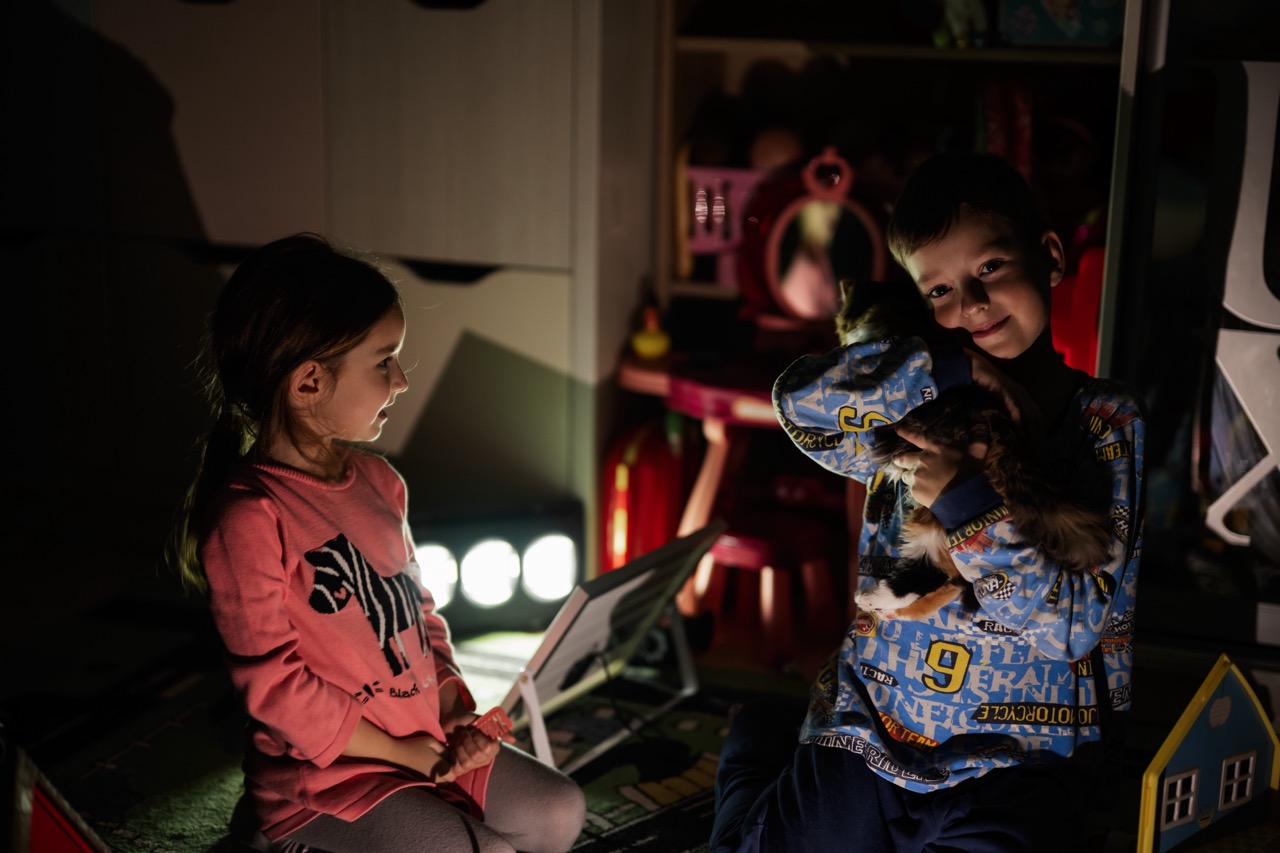Children’s literature has undergone a remarkable transformation throughout the decades, reflecting societal changes, educational philosophies, and technological advancements. From simple moral tales to complex narratives that address real-world issues, the evolution of children’s books mirrors the growth of children’s understanding and their place in society. This article explores the key phases in the history of children’s literature, highlighting how these changes have shaped the reading experiences of young audiences.
The Roots of Children’s Literature: A Historical Overview
Children’s literature can trace its origins back to ancient civilizations, where stories were often oral traditions that conveyed morals and life lessons. In the 17th century, the emergence of printed materials specifically aimed at children began to take shape, with works such as John Bunyan’s "Pilgrim’s Progress" (1678) blending entertainment with instruction. These early books set the precedent for literature that not only entertained young readers but also imparted moral values, laying the groundwork for future narratives.
By the 19th century, children’s literature began to diversify with the publication of classic fairy tales and fables. Authors like the Brothers Grimm and Hans Christian Andersen captivated children with enchanting stories, often rich with imagination and fantasy. This period also saw the introduction of the first children’s magazines, further broadening the scope of literature available to young audiences. These developments marked a transition from didactic literature to storytelling that embraced creativity and wonder.
As we moved into the 20th century, children’s literature began to reflect more varied experiences, including those of different cultures and socioeconomic backgrounds. This change was marked by a growing recognition of children’s individuality and imagination. Literature began to explore themes of adventure, friendship, and family dynamics, paving the way for characters that children could relate to and learn from, thus solidifying the importance of children’s literature in the development of young minds.
The Rise of Illustrations: Visual Storytelling Takes Center Stage
The 19th century witnessed a significant shift in children’s literature with the advent of illustrated books. This era saw the integration of vibrant illustrations that enhanced storytelling, making the reading experience more engaging for young audiences. Pioneers like Randolph Caldecott and E.H. Shepard transformed the landscape of children’s literature by creating visually captivating narratives that encouraged children to turn the pages and explore the unfolding story through imagery.
The relationship between text and illustration became increasingly sophisticated, as both elements worked in harmony to tell a story. The popularity of picture books surged in the mid-20th century, with titles like "Where the Wild Things Are" by Maurice Sendak showcasing how illustrations could evoke emotions and deepen understanding. This period heralded the realization that visuals could be as powerful as words in conveying messages and themes, making literature accessible to readers of various ages and reading levels.
As technology evolved, so too did the methods of illustration in children’s books. The late 20th and early 21st centuries saw the emergence of digital illustrations and graphic novels, providing new avenues for visual storytelling. These innovations not only attracted reluctant readers but also created a platform for diverse artistic styles that resonated with children’s varied tastes. The explosion of visual media in children’s literature continues to enrich the experience, fostering a love for reading in a new generation.
The 20th Century: Diversity and Inclusion in Children’s Books
The 20th century marked a profound shift toward inclusivity and diversity in children’s literature. With the Civil Rights Movement and the fight for social justice gaining momentum, authors began to challenge the status quo, creating narratives that represented marginalized communities. Books such as "The Snowy Day" by Ezra Jack Keats featured characters of color, paving the way for more diverse storytelling that reflected the realities of a multicultural society.
As the decades progressed, the demand for authentic representation in children’s literature became increasingly evident. The rise of independent publishers and diverse authors gave voice to new stories that encompassed various cultural backgrounds and experiences. Works like "Roll of Thunder, Hear My Cry" by Mildred D. Taylor and "Inside Out and Back Again" by Thanhha Lai provided powerful narratives that resonated with children from various walks of life, fostering empathy and understanding.
However, the journey toward full representation in children’s literature is ongoing. The conversation around diversity continues to expand as voices from a wider range of backgrounds advocate for books that reflect the complexity of the world our children inhabit. The commitment to developing inclusive narratives not only enriches the literary landscape but also empowers young readers to see themselves and others in the stories they read.
The Impact of Technology: E-Books and Interactive Stories
Technological advancements have reshaped the publishing industry, bringing children’s literature into a digital age. E-books have become increasingly popular, offering convenience and accessibility to young readers. Parents and educators have embraced the format for its portability and ease of use, allowing children to engage with their favorite stories anytime, anywhere. The ability to customize reading experiences through adjustable font sizes and background colors has also made e-books beneficial for children with different learning needs.
Interactive storytelling has emerged as a compelling trend, merging literature with technology in innovative ways. Apps and websites now offer children the opportunity to engage with stories through animations, sound effects, and interactive elements that encourage participation. This dynamic approach not only captures children’s attention but also fosters an active reading experience that enhances comprehension and retention. The marriage of technology and storytelling has the potential to create a new generation of readers who are more engaged than ever before.
While the digital realm offers exciting possibilities, it also raises questions about screen time and the importance of traditional print books. Advocates emphasize the value of nurturing a love for reading through physical books while also recognizing that digital formats can complement the reading experience. As technology continues to evolve, finding a balance between digital and print literature will be crucial in fostering a lifelong love for reading among children.
Addressing Social Issues: Books as Tools for Change
Children’s literature has increasingly served as a platform for addressing social issues, reflecting the realities of the world around us. Authors have begun to tackle topics such as racism, mental health, climate change, and gender identity, utilizing storytelling as a means to engage young readers in critical conversations. Books like "All American Boys" by Jason Reynolds and Brendan Kiely tackle themes of police brutality and racial inequality, igniting discussions among children and teens about social justice.
Literature has proven to be a powerful tool for educating children about complex issues, fostering empathy and understanding while encouraging activism. The integration of diverse perspectives in children’s books not only highlights the struggles faced by various communities but also inspires young readers to envision a more equitable world. By exposing children to these narratives, authors create opportunities for dialogue that can lead to awareness and change.
As the world continues to grapple with pressing social challenges, the role of children’s literature as a catalyst for change grows ever more vital. Educators and parents are increasingly turning to books to facilitate conversations about difficult topics, ensuring that children are equipped with the knowledge and empathy necessary to navigate a complex world. By embracing literature that addresses social issues, we empower the next generation to think critically and act compassionately.
The Future of Children’s Literature: Trends and Predictions
Looking ahead, the future of children’s literature promises to be vibrant and multifaceted. One notable trend is the increasing emphasis on environmental themes, as authors and publishers acknowledge the urgency of climate change. Books that promote eco-awareness and sustainability are likely to become more prevalent, encouraging young readers to engage with their environment and take action for the planet’s future. This shift aligns with a growing movement among educators to incorporate environmental education into curricula.
Another emerging trend is the rise of collaborative storytelling, where authors, illustrators, and even readers co-create narratives. This participatory approach not only fosters creativity but also allows children to see themselves as contributors to the literary world. With the help of technology, platforms that facilitate collaborative writing and interactive storytelling are gaining traction, potentially reshaping how children engage with literature.
Finally, as society continues to embrace diversity and inclusion, we can expect to see an even broader range of voices in children’s literature. The demand for books that reflect the rich tapestry of human experiences is likely to drive publishers to seek out and amplify underrepresented authors. This evolution will not only enrich children’s literature but also provide young readers with the opportunity to explore diverse cultures and perspectives, fostering a sense of belonging and understanding in a globalized world.
The evolution of children’s literature over the decades reflects not only changes in storytelling but also broader societal shifts. As we look to the future, it is clear that children’s books will continue to play an essential role in shaping young minds, fostering empathy, and encouraging critical thinking. By embracing diversity, leveraging technology, and addressing pressing social issues, children’s literature has the potential to inspire and empower generations to come. Through these narratives, we can hope to cultivate a world of compassionate and informed young readers ready to take on the challenges of their time.










